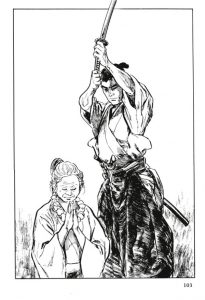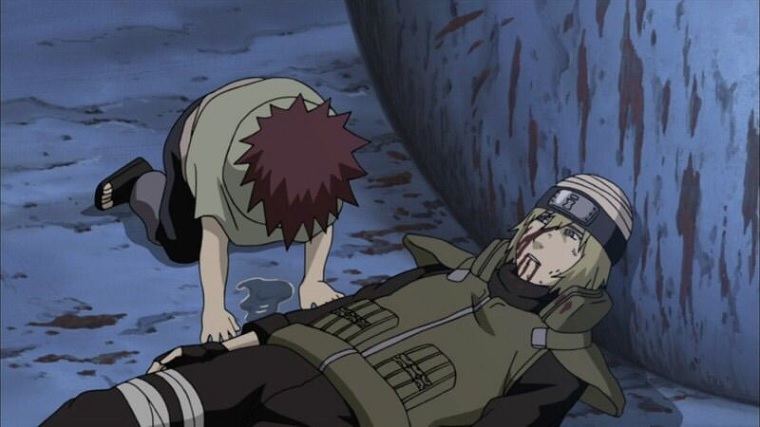(AfroGamers.com) Samurai Executioner. If the series doesn’t ring a bell, the series creators Kazuo Koike and Goseki Kojima might. They’re the team that really upped the quality of storytelling and dramatic artwork in manga between the early 1970s into the 1980s. Their best known work is Lone Wolf and Cub or Babycart Assassin.
Koike himself is responsible for the training of several legends in manga through his Gekiga Sonjuku college course. These include Rumiko Takahashi, creator of Ranma ½, Inu Yasha, and Rin-ne, Keisuke Itagaki, creator of Grappler Baki, Yoji Hori, creator of the Dragon Quest series of games as well as Chrono Trigger where he worked with Akira Toriyama, and Tetsuo Hara, creator of Fist of the North Star.
Kojima did most of his significant work with Koike and has the distinction of being born the same day as the father of manga, Osamu Tezuka. When paired with Koike they are called “The Golden Duo” and their works tend to center around feudal Japan. That brings us to one of their lesser known works.
Samurai Executioner
Running for ten volumes between 1972 and 1976, Samurai Executioner ran alongside Lone Wolf and Cub and the two eventually crossed over and ended the same year. Samurai Executioner is different in that it doesn’t really focus on the main character Yamada Asaemon. Sure, he’s introduced and we find a little about him but he’s very similar to Lone Wolf and Cub’s lead Ogami Itto.
Both are samurai respected for otherworldly swordsmanship who serve as executioners. The main difference is that Asaemon starts as a ronin who eventually takes over his father post as sword tester and executioner–after assisting him in seppuku–while Ogami holds the highest rank of executioner but eventually becomes a ronin after the death of his wife.
This reversal gave two interesting takes on the samurai trope. In Samurai Executioner, since Asaemon is a government employee, he is based out of a particular city. He doesn’t roam around from place to place like most samurai manga, movies, and dramas and isn’t often involved in life or death duels.
As a matter of fact, the stories tend to focus on different characters: criminals, people he comes across in his work, and the condemned. Asaemon serves as the glue for all of these stories because without him being involved in some way Samurai Executioner would actually just be an anthology series.
What’s Missing
That leads me to another thing, conflict in this series can be rare. Since he has no actual rival conflict arise in how Asaemon–Decapitator Asaemon–carries out his job. One story features a child murderer who readily confesses his crimes and believes that he’ll be safe from execution because he has the name of the shogun tattooed on the back of his neck. Since striking the shogun’s name was viewed as incredibly disrespectful and warranted death, he felt he was bulletproof.
This guy is spoiling to face off against Asaemon and see what he’ll do but the regular executioner is out sick. Of course, he is eventually roused out of bed because no one knows what to do. Except Decapitator Asaemon doesn’t care about any of that nonsense. Everyone figured he’d just go straight through but he ends up skinning the shogun’s name off of the serial killer in on slash and finishing him with another. Asaemon isn’t here for your games, people.
Conflict is important in any story so while the main character isn’t involved in conflict, many of the people in his stories are and that makes up for it to a degree.
Pull or Pass
Samurai Executioner is between pull and pass. It’s definitely worth checking out if you want something different from Kojima and Koike’s usual Ogami and Daigoro cutting through scores of ronin, spearmen, ninja, archers, and so on. However, Lone Wolf and Cub is the better told story across the board.
Staff Writer; M. Swift
This talented writer is also a podcast host, and comic book fan who loves all things old school. One may also find him on Twitter at; metalswift.

















1 Comment